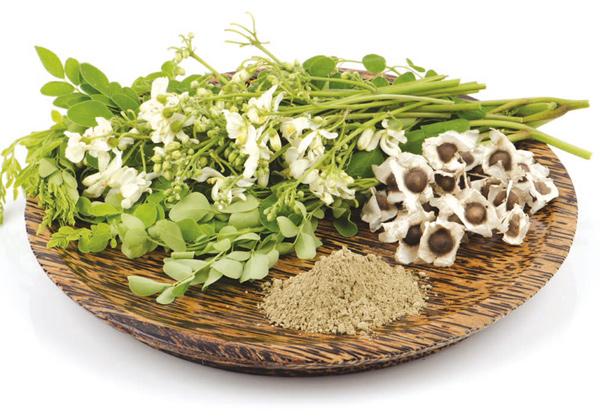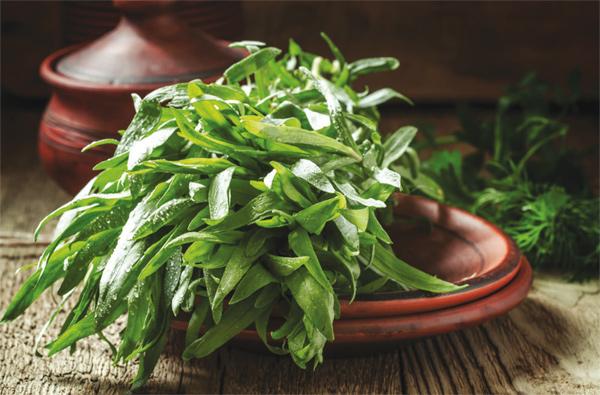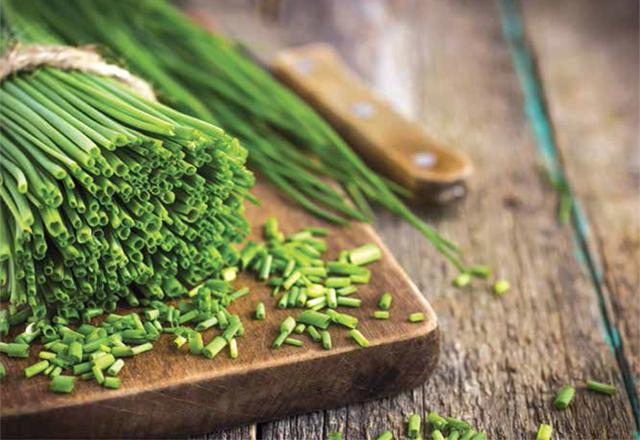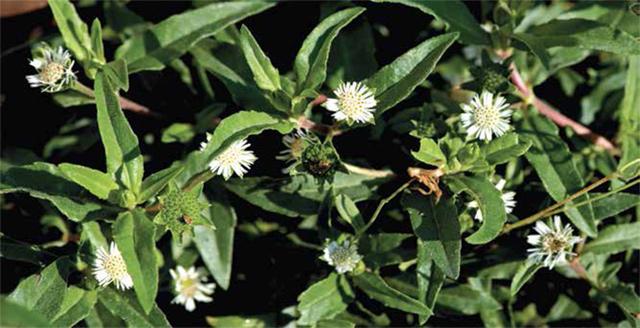You are here
Liver-protecting super herb: silybum marianum
By Sheela Sheth , Family Flavours - Apr 07,2019 - Last updated at Apr 07,2019

By Sheela Sheth
Food Expert
Grown in the Mediterranean, this powerful antioxidant is sweet in taste and cool in nature. Milk or Scotch thistle, as it is popularly called, is best known for treating liver and gallbladder diseases and protecting the liver against toxins.
Antioxidant property
Milk thistle got its name from the milky fluid that comes from the leaves when crushed. It stimulates bile flow and its flavonoid contents are valuable for keeping the liver healthy.
It is often used to cure skin conditions like acne and psoriasis. Its rich antioxidant, Silibinin, is known to combat cancerous cells and strengthen the immune system.
Medical miracle
This popular plant, also known as Khass minshaarii in Arabic, Vishnu Kranti in Tamil and Oont Katara in Urdu, is a vital part of Indian medicine and is often combined with dandelion extract used for supporting liver function.
It is available in health food stores in capsule form. It is known to lower blood sugar and cholesterol, but may interfere with insomnia and blood pressure medication.
Culinary contribution
The edible parts of the plant are young stalks, leaves, roots and flowers which can be eaten raw or better cooked with the spines of the leaf removed.
It is a perfect spinach substitute and an accompaniment to cooking with pulses, offering a distinct flavour. Crushed seeds of this herb are popularly used for making tea.
Aesthetic appeal
Maintain radiant and glowing skin, prevent flare-ups, retain moisture and delay ageing with this herb.
It can even strengthen and protect hair follicles, thus preventing hair loss.
People allergic to kiwi, artichokes, marigold, daisies, ragweed and chrysanthemums react to consuming this herb. It is not recommended during pregnancy or breastfeeding and is not for children.
Did you know?
This flowering annual plant, with its conical shape and hollow stems of milk white veins, grows in a temperate climate up to two metres. It flowers from June to August in the North and December to February in the Southern Hemisphere.
Reprinted with permission from Family Flavours magazine
Related Articles
By Sheela ShethFood Expert This bitter sweet plant, also known as the dragon wart and tarkhum in Arabic, has an aromatic flavour simila
By Sheela ShethFood Expert Concealed amidst the grassy meadows and mountains is this hardy and most versatile grassy herb chive plant n
The False Daisy is a magical herb which looks like the white daisy. It is from the sunflower family with tapering lance-shaped leaves o



















